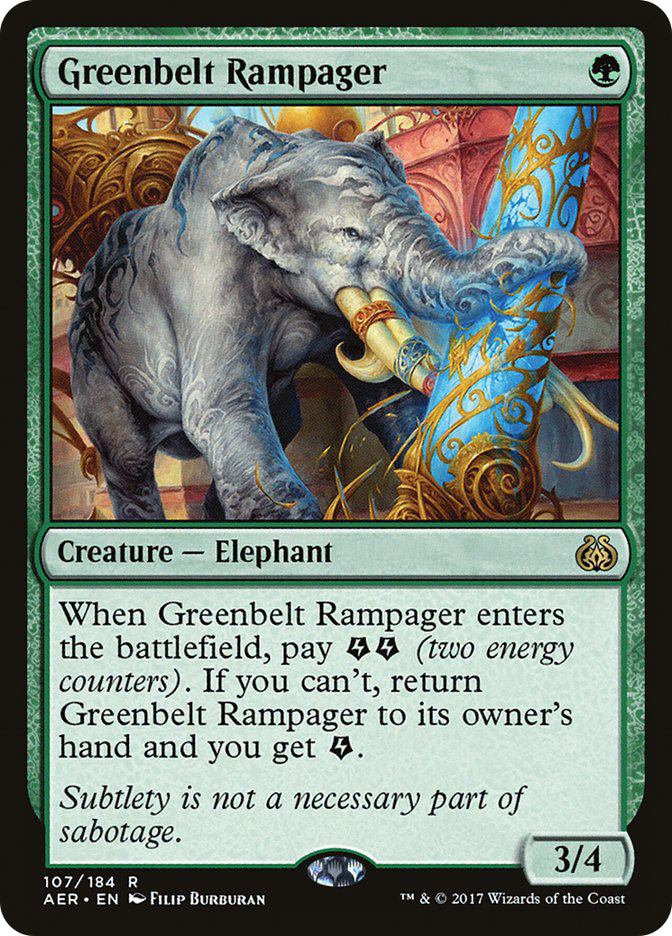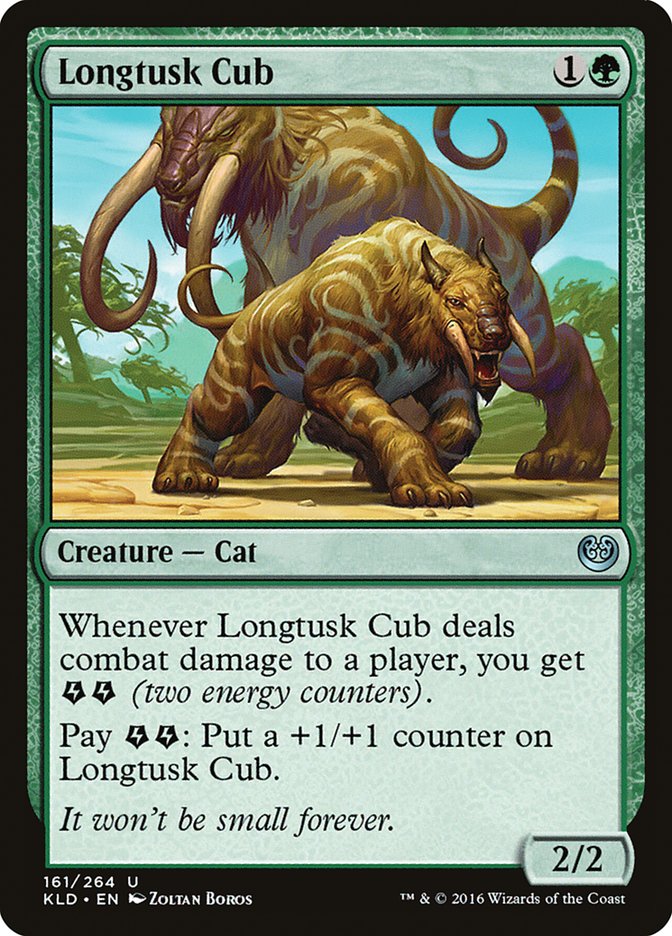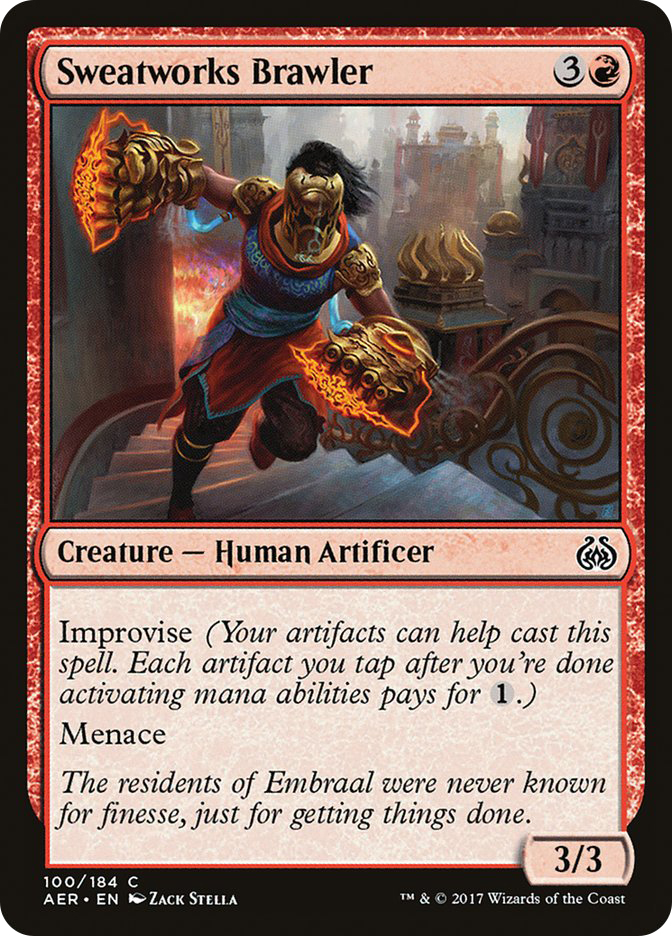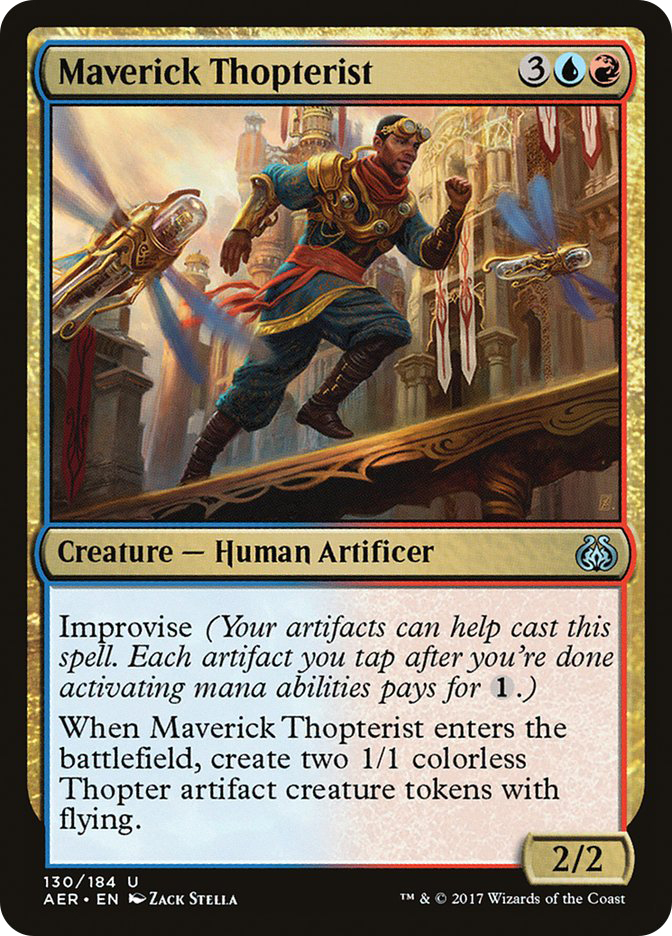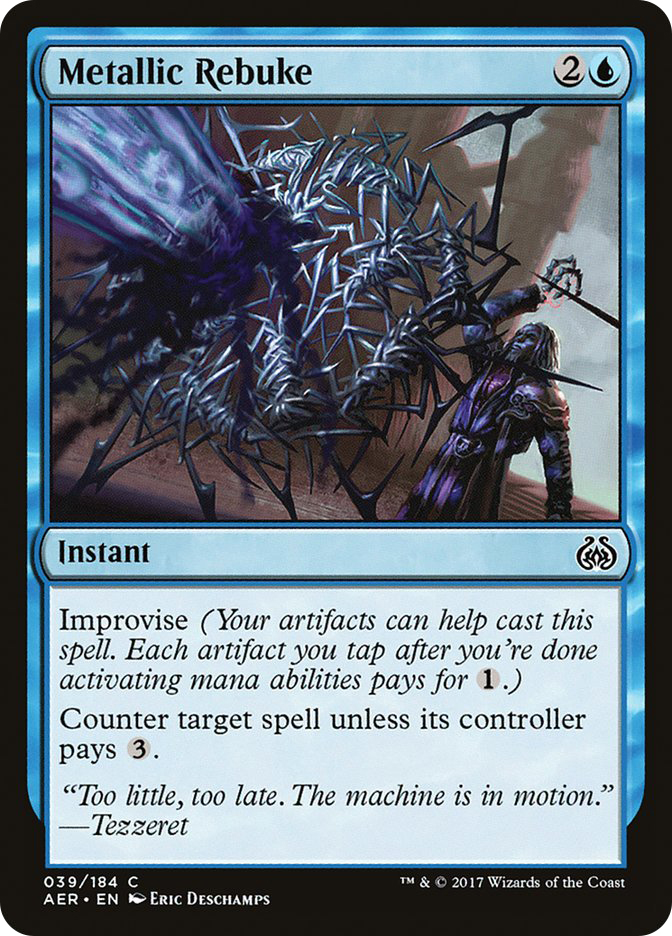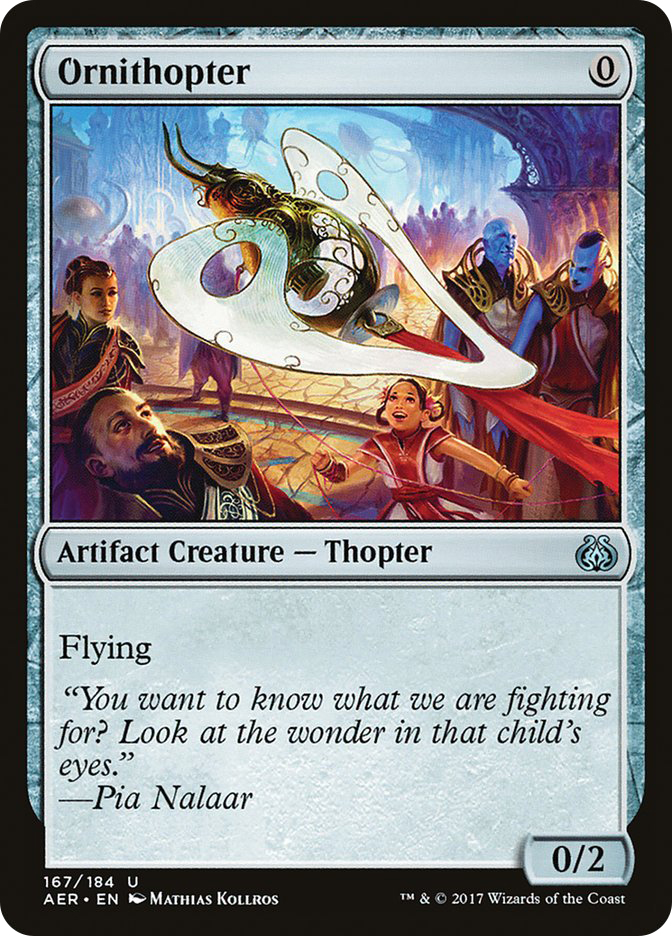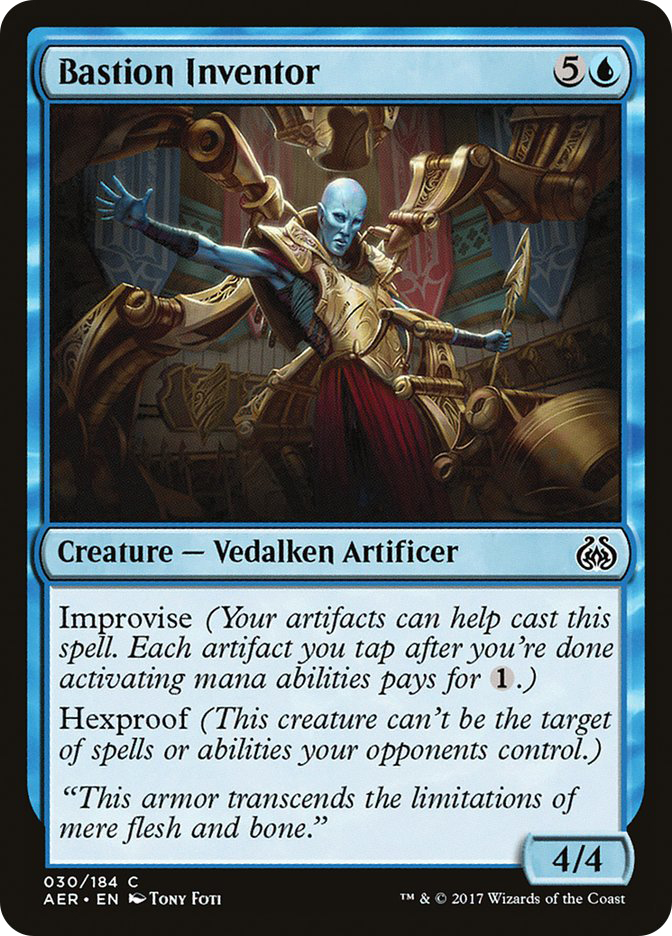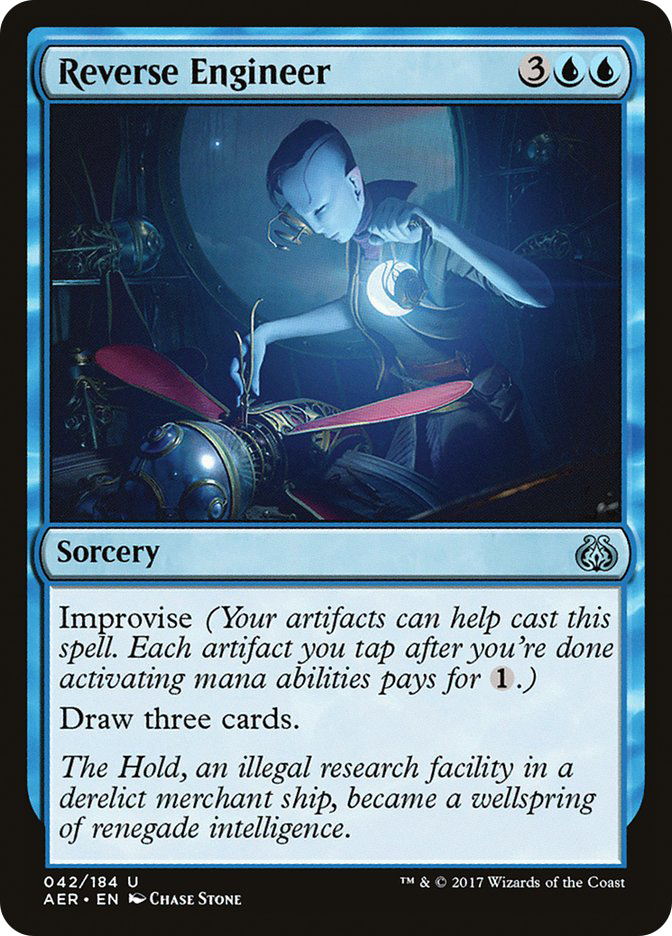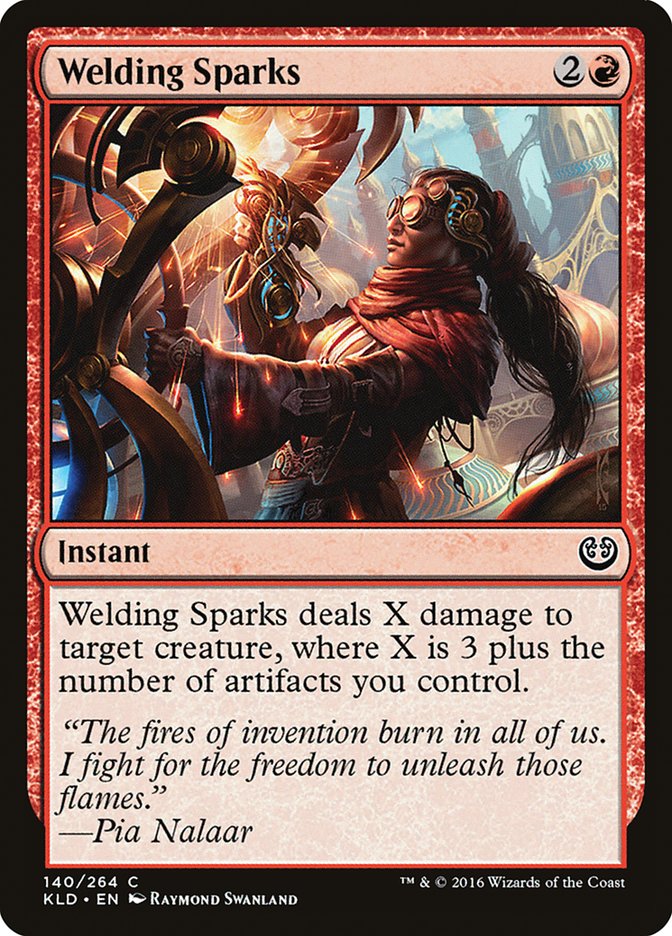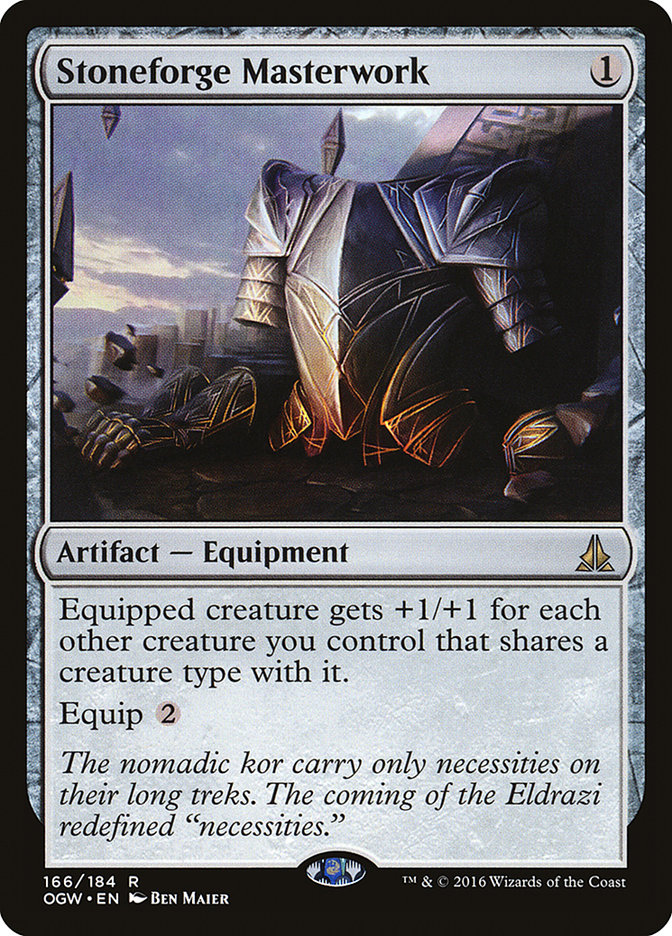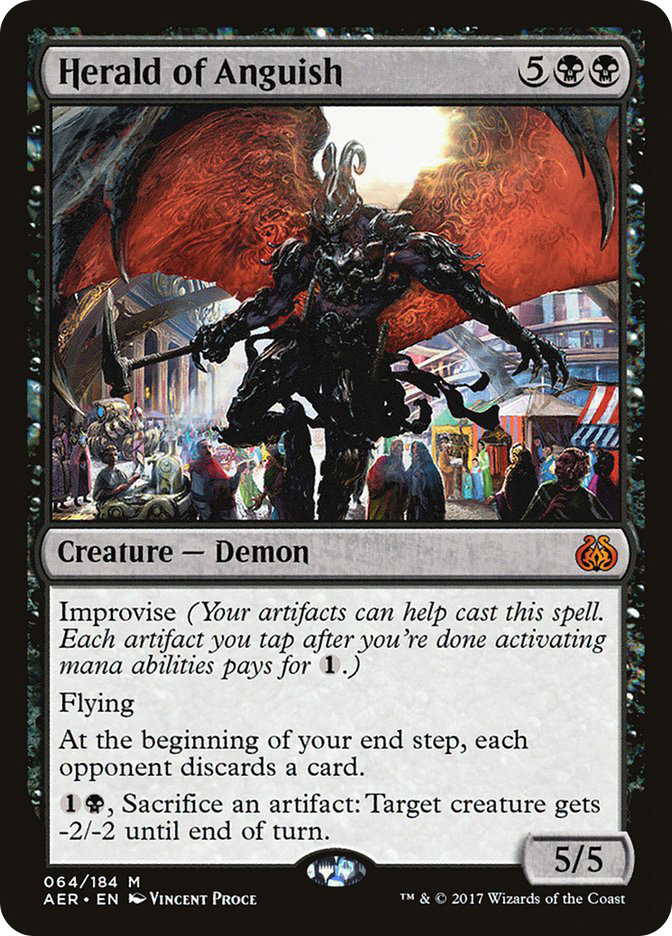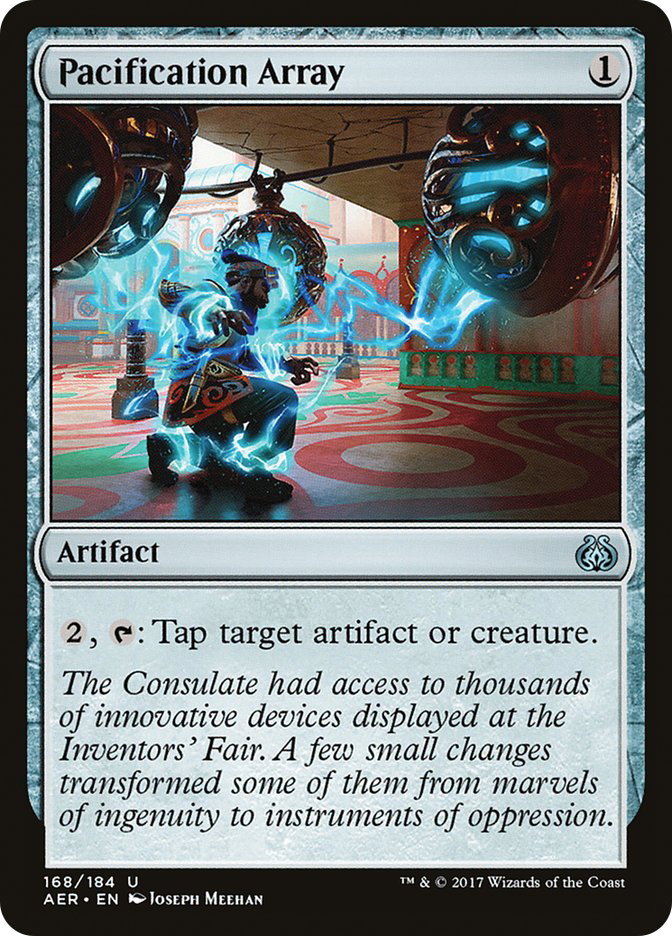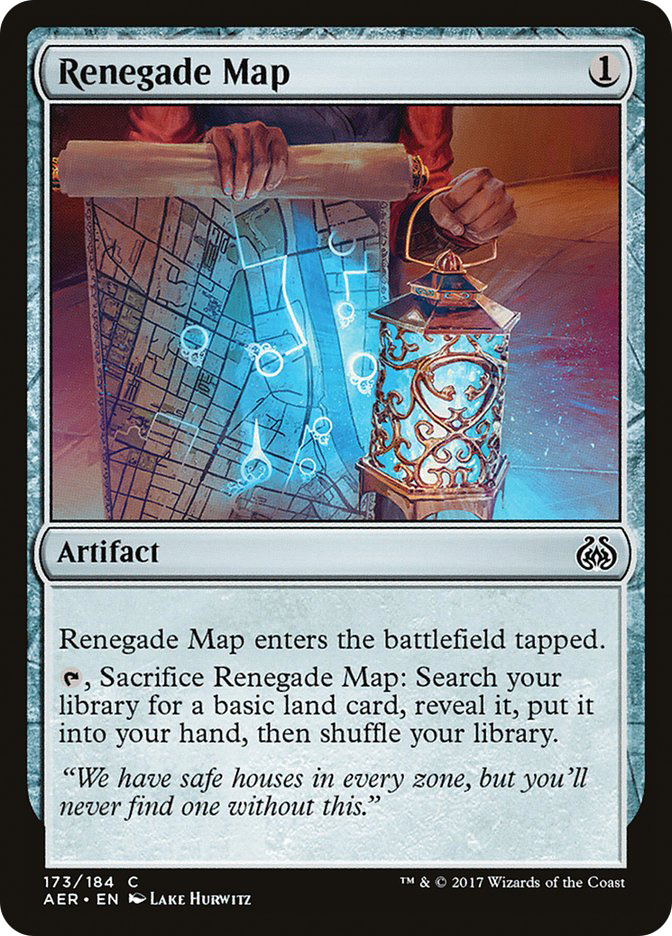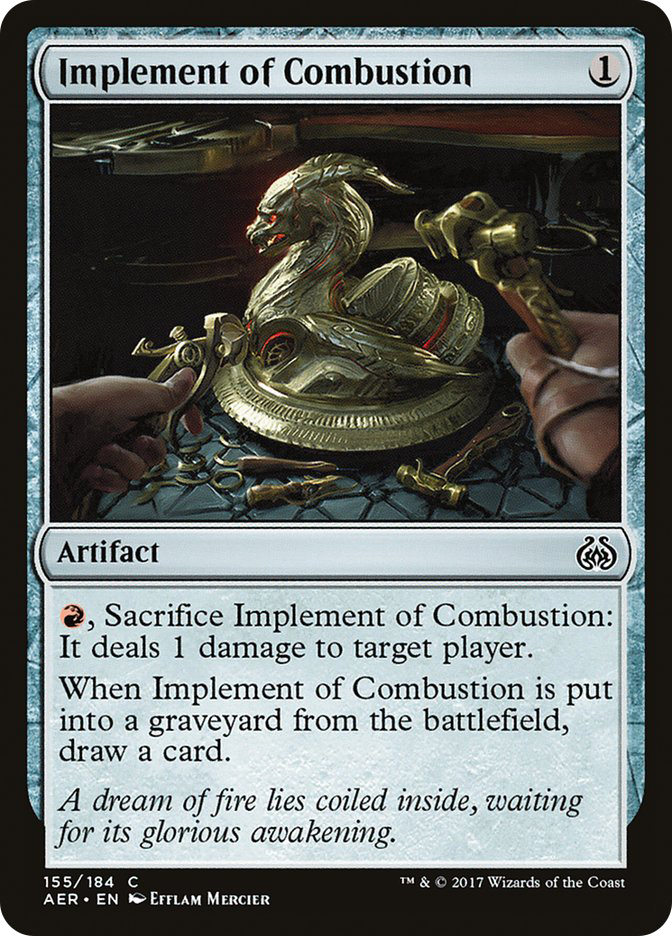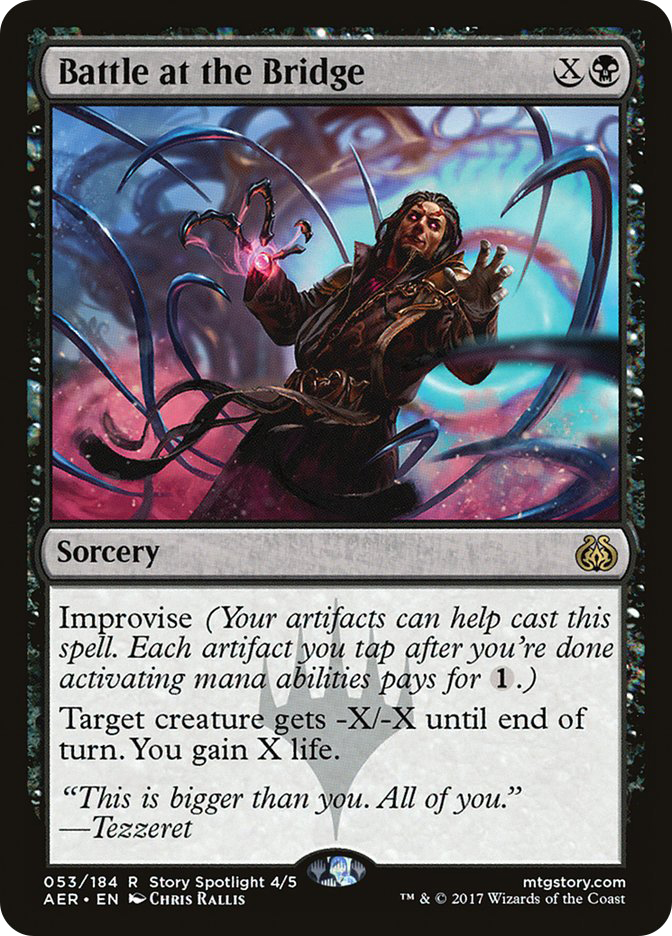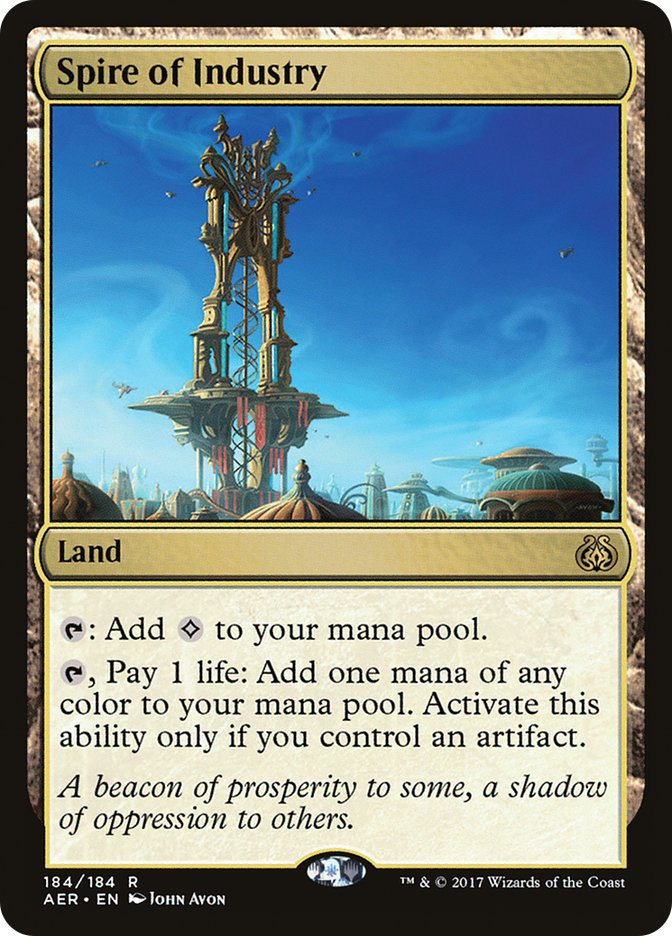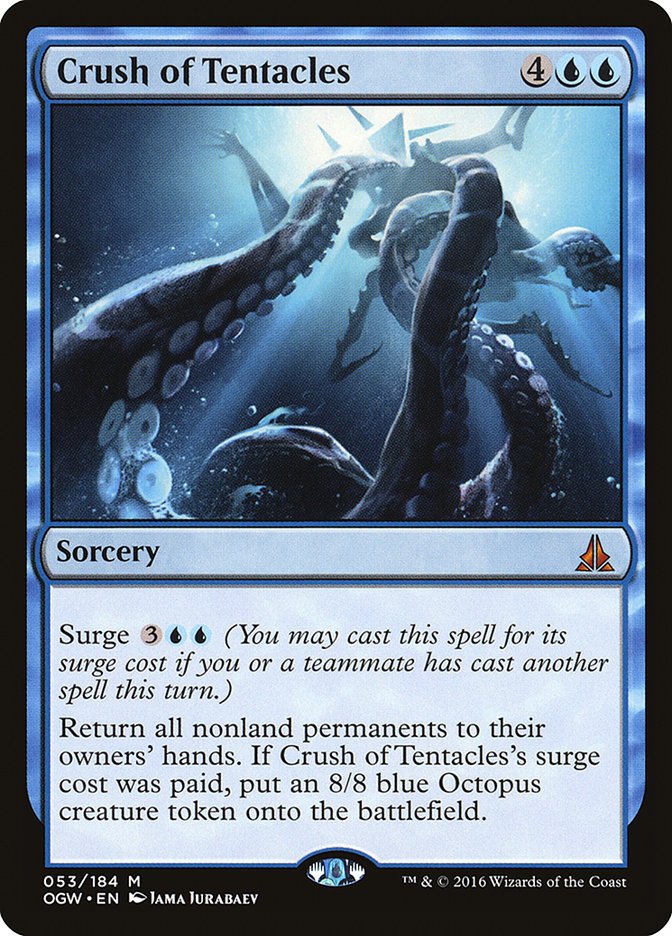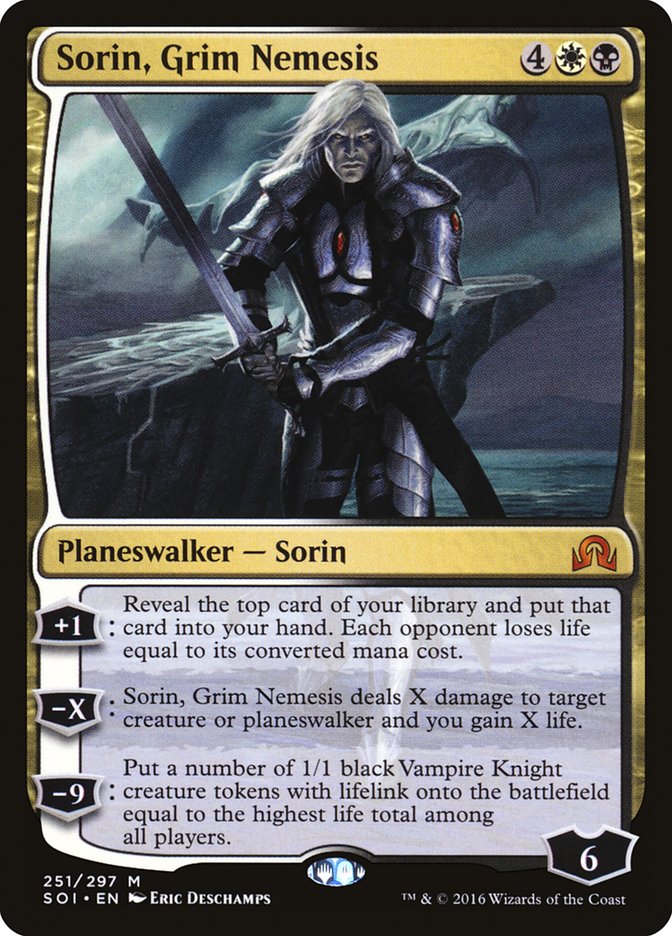After eighteen hours of traveling halfway around the world, I am finally home, albeit currently jetlagged into next Tuesday. A small price to pay, however, for an opportunity to visit the absolutely amazing city of Dublin to compete on Magic’s biggest stage.
I prepared for this event by flying to Prague on Sunday after the GP, meeting up with Top Level Podcast teammates Craig Wescoe, Raph Levy, Dan Lanthier, and Mike Hron, as well as some other cool players they know. Brian Braun-Duin rounded out our squad as number six, though he was already testing with another group.
The basic paper-rock-scissors of the format seemed pretty obvious (at least at a baseline):
- Jeskai beats G/B
- G/B beats Mardu
- Mardu beats Jeskai
It’s not that the matchups are too lopsided or anything. There’s actually a fair bit of room to tweak and tune the sideboards, but in general, it seemed like the maindecks balanced around the above dynamic.
Of course, that said, we did find ways in which all of the major archetypes would evolve. One of the biggest things I noticed was how much less I liked the Jeskai decks compared to G/B or Mardu. I was initially most interested in Mardu, but it seemed to struggle with G/B, particularly when the Mardu deck couldn’t be sure of how the G/B deck was evolving.
G/B seemed improved with more devotion to one of the themes, and our best version used Greenbelt Rampager instead of Glint-Sleeve Siphoner. The Rampager is just great in energy aggro decks anyway, and the Siphoner’s one toughness made it particularly vulnerable to Walking Ballista.
Greenbelt Rampager can be a relatively efficient attacking threat but forms a mondo combo with Longtusk Cub. Now, for every two mana you spend, you can put a +1/+1 counter on the Cub. However, where things get really out of hand is the 4x multiplier you get from Winding Constrictor.
Now every mana you spend gives you two energy. Then every time you spend two energy, you get two +1/+1 counters, instead of one. Instead of +1/+1 for GG, you get +4/+4, which actually is GG…
This could be used with something along the lines of:
Creatures (25)
- 2 Tireless Tracker
- 3 Verdurous Gearhulk
- 4 Longtusk Cub
- 4 Greenbelt Rampager
- 4 Winding Constrictor
- 4 Rishkar, Peema Renegade
- 4 Walking Ballista
Lands (23)
Spells (12)

The biggest problem we had with G/B was that it really struggled against Jeskai decks with Fumigate, not to mention how easily a Saheeli combo deck could just tap out to cast a Saheeli Rai on turn 3 and win the next turn. Yes, the G/B deck has Walking Ballista and a bunch of spot removal, but it makes things very awkward. For instance, are you supposed to not attack with Hissing Quagmire, ever, to hold up extra removal against an empty board?
I thought Martin Juza’s solution was pretty clever:
Creatures (19)
- 2 Tireless Tracker
- 4 Longtusk Cub
- 4 Voltaic Brawler
- 4 Scrapheap Scrounger
- 4 Greenbelt Rampager
- 1 Rishkar, Peema Renegade
Planeswalkers (4)
Lands (20)
Spells (17)

With four planeswalkers, five Vehicles, and a playset of Scrapheap Scroungers, Martin’s list is substantially stronger against Fumigate than other energy-based aggro decks. Plus, Shock can kill Saheeli Rai and Fleetwheel Cruiser can really punish someone tapping out for Saheeli and thinking it will live. He’s even got more planeswalkers and more Vehicles in the sideboard.
Amusingly, the two cards he gave up were Winding Constrictor and Walking Ballista! Talking about being willing to kill your darlings! Martin’s deck is actually, in many ways, quite similar to the Mardu Vehicles decks.
Most of the people I was testing with were planning on playing G/B Energy, but in the end, they all switched to Mardu Vehicles after they were satisfied with a Fumigate-and-planeswalkers type of transformational sideboard.
I experimented with a variety of Improvise decks and initially found U/R to be the most successful:
Creatures (16)
Lands (20)
Spells (24)

I was really impressed with Inventor’s Goggles, thanks to Sweatworks Brawler, Maverick Thopterist, and Bastion Inventor all being Artificers.
Sweatworks Brawler doesn’t really play all that much like a Frogmite but rather functions as a Watchwolf with the upsides of both menace and “Goggles Power,” albeit with the drawback of occasionally coming out a little slower. That said, with twelve “zeros,” we’re going to be able to play a turn 1 Brawler in around 4% of our games if we want (which is actually a five-card combo, counting having untapped red).
The Sweatworks Brawler’s menace is deceptively important, giving us extra ability to keep attacking even in the face of a large opposing creature. In fact, a key part of the deck’s gameplan is the diverse mix of ways its creatures can thwart traditional forms of interaction.
Maverick Thopterist is the most powerful of the Improvise threats in these colors (with Herald of Anguish being at the tippity-top, but for a very different deck). Like Sweatworks Brawler, Maverick Thopterist is hard to block (or rather, its tokens are). Like Bastion Inventor, it’s also quite good against spot removal. The extra bodies ensure plenty of places to put the extra Equipment. The two extra artifacts we get immediately are perfect for holding up Metallic Rebuke on our opponent’s turn when we cast Maverick Thopterist with a blue open.
Strong card, great way to fight Saheeli combo, great way to fight Gideon, great way to fight Verdurous Gearhulk.
Turn 1: Land, Inventor’s Goggles.
Turn 2: Land, Implement of Combustion, Bone Saw, Sweatworks Brawler.
Turn 3: Land, Maverick Thopterist with Metallic Rebuke up on the opponent’s turn.
This brings up an important point with Inventor’s Goggles and Implement of Combustion. Since you can tap them immediately to help cast an improvise spell, it’s like they are “free,” though you always need at least one land to start the Improvise spell (when it’s non-colorless).
It’s an interesting question whether to cast Bone Saw or Cathar’s Shield on turn 1 versus potentially saving it until turn 2. You aren’t really hiding that much information, and there is a risk of it getting countered if you wait. However, if you cast it, they could destroy it, and maybe having an idea of how much mana you will effectively have access to could influence their plays in ways you don’t know about.
Ornithopter is tricky as well, but the stakes are a bit higher. If you just run it out on turn 1, there is a good chance it eats a Shock or Fatal Push. The turn you do cast it, make sure to play your Bone Saws and Cathar’s Shields first. Otherwise, they can respond to your Bone Saw with a Fatal Push for the Ornithopter and you won’t be able to cast your Improvise card. If you make the Ornithopter the last one, you’ll at least get to tap it once.
Bastion Inventor is a bit slower than the other two, but it does line up great against Jeskai. That said, I think there is an argument to be made for Freejam Regent. Freejam Regent lines up better against Gideon, Ally of Zendikar and flying would help against G/B. The problem is that it’s so bad against Grasp of Darkness, plus the second red is definitely not trivial.
I tried Reverse Engineer in here, but when you’re drawing Ornithopters and Bone Saws, the extra cards aren’t that good. It is definitely not like Thoughtcast would be, since you are effectively paying the mana anyway. When you Thoughtcast, you can just cast the cards. When you Reverse Engineer, you’ve already tapped your artifacts, so you’ll be unlikely to be able to also cast a Thopterist, for instance.
Yeah, we could definitely move some Welding Sparks to the sideboard if we needed to, but I was generally fairly pleased with “Red Murder.”
The day before the Pro Tour, Hron showed up and started whooping me with an updated build of the G/B deck. I had previously been ahead in the matchup, but as Hron and I played, I became more and more convinced that the G/B matchup was potentially on dangerous ground (and I already didn’t love the Mardu matchup). He suggested maybe a few fewer zeros and a few more Equipment with bigger outputs, like Stitcher’s Graft or Stoneforge Masterwork.
Each has its own pros and cons, but I quickly concluded that continuing down the U/R Improvise path would take more time than available. I could imagine something like the following being the next version to test:
Creatures (17)
Lands (20)
Spells (23)

Instead, I switched to the other Improvise deck I had been getting results from, U/B Tezzeret. I had been finding Herald of Anguish so good, it seems to demand a home exist to support it.
Casting Herald of Anguish early has a huge impact on your opponent’s game, with it ripping apart their hand and dominating creature combat. It outclasses other fliers like Heart of Kiran, Mindwrack Demon, or even Archangel Avacyn. It also locks out the Saheeli combo and generally is just a very effective Magic card.
Once you have Herald of Anguish in your deck, Tezzeret the Schemer goes from decent to excellent. It’s so strong, dropping Tezzeret, killing a creature, and then threatening to do so again next turn without even losing Tezzeret. He also curves perfectly with Herald of Anguish, since you can drop Tezzeret and make an Etherium Cell and then, on your next turn, make another Etherium Cell and cast the Herald. Plus, now you’ve got a steady source of artifacts to sacrifice to the Demon!
Creatures (4)
Planeswalkers (4)
Lands (23)
Spells (29)

I was super-happy with the Pacification Arrays and would definitely play four again. Early, they are an efficient way to power up Improvise. Later, they can be turned into something useful without losing them.
I tried Renegade Map (over and over). After all, it was so attractive, the idea of cutting land for artifacts! The problem, however, was that it was a mediocre source of Improvise early on, since it enters the battlefield tapped. If you use it to fix your colors early, you fall behind on Improvise. Later, when you actually don’t need as much Improvise anymore, it gets you something you don’t need. Plus, sometimes, it can be super-awkward with tapped lands. If you have Choked Estuary and Renegade Map, it can be super-awkward if you miss your second land drop and just cast the Map. Then, even if you draw another land the following turn, you are just so behind.
Implement of Combustion worked much better, even with relatively few red sources. You don’t need to cycle it early all that often, and the implicit threat was great against Saheeli decks (since dealing one damage in response to the Saheeli Rai -2 ability is usually enough to destroy her). Implement of Combustion is also a nice combo with Herald of Anguish since we draw the card from the Implement, even if it goes to the graveyard from the Herald.
Battle at the Bridge was the breakthrough that turned the deck from a curiosity into something I was interested in playing in the event. It wasn’t just the ability to offset some Puzzleknot and Spire damage. The ability to gain eight or nine life while also removing a big threat added a very powerful Tendrils of Corruption aspect to the deck and giving us something very potent to dig to. That Battle can be cast early (often for one or two on turn 2) makes it extremely flexible.
Obviously, amazing card. Having access to Fatal Push makes Tezzeret the Schemer a lot better since it is such a fantastic follow-up. It’s not just mana-efficient. The Etherium Cell going to the graveyard is enough to trigger Revolt, ensuring even a Felidar Guardian can be Pushed.
I think this card was probably a mistake to print, at least in this form. We aren’t pushing it as hard as the Mardu Vehicles deck does, but even here, it’s quite effective at Underground River duty while also opening up the splashes.
As for my sideboard?
Well, my sideboard was horrendous. With only a few days of testing, I didn’t end up getting nearly enough experience with the sideboard games, instead relying on anecdotal information from people.
Crush of Tentacles was supposed to be good against Mardu and G/B, but it just wasn’t. It was too slow and the 8/8 just kept dying to Unlicensed Disintegration, Murder, or To the Slaughter.
I ended up 5-5 in Constructed (and 3-3 in Draft), with literally all five of my Constructed losses being heavily influenced by my atrocious sideboard. Of these, three were in matchups where Crush of Tentacles was supposed to be good. In fact, I would probably have lost two more matches had I not figured out to stop sideboarding in the Crushes…
Liliana, the Last Hope and Sorin, Grim Nemesis were also pretty mediocre for me. They weren’t unplayable like Crush of Tentacles was (in this deck), but they weren’t the right cards for the job. Liliana was supposed to be able to do some work against Jeskai, but wow does it line up wrongly against Saheeli Rai and Felidar Guardian. Besides, they just Negate it when you cast it turn 3. Against creature decks, everyone adjusted to Walking Ballista anyway, which reduced the number of creatures she can kill outright. Sorin, meanwhile, was just a little too expensive (though I could imagine some possible configurations where he’d be worth it).
What I actually needed was more Grasp of Darknesses and Negates, plus maybe Release the Gremlins. The Spell Quellers were decent, but I think two might have been a better number than three, as they actually have diminishing returns in a deck that doesn’t value the incidental beatdown as much. They are three-cost counterspells, and sometimes you just want reliability. That said, I would have liked them against Mardu and was initially not sideboarding them in there because of the silly Crush plan.
Moving forward, I think I’d be interested in trying something like:
Creatures (4)
Planeswalkers (4)
Lands (23)
Spells (29)



